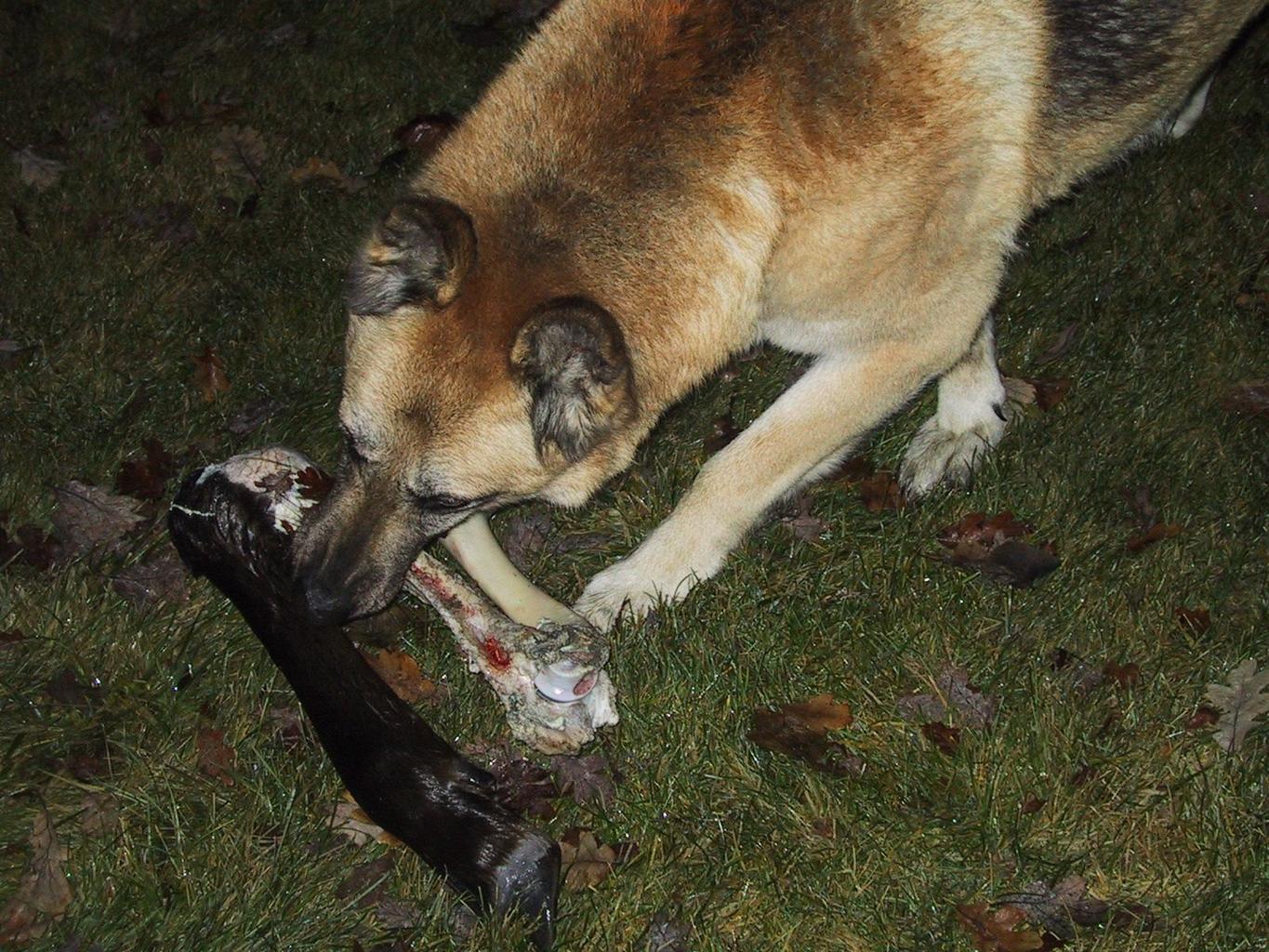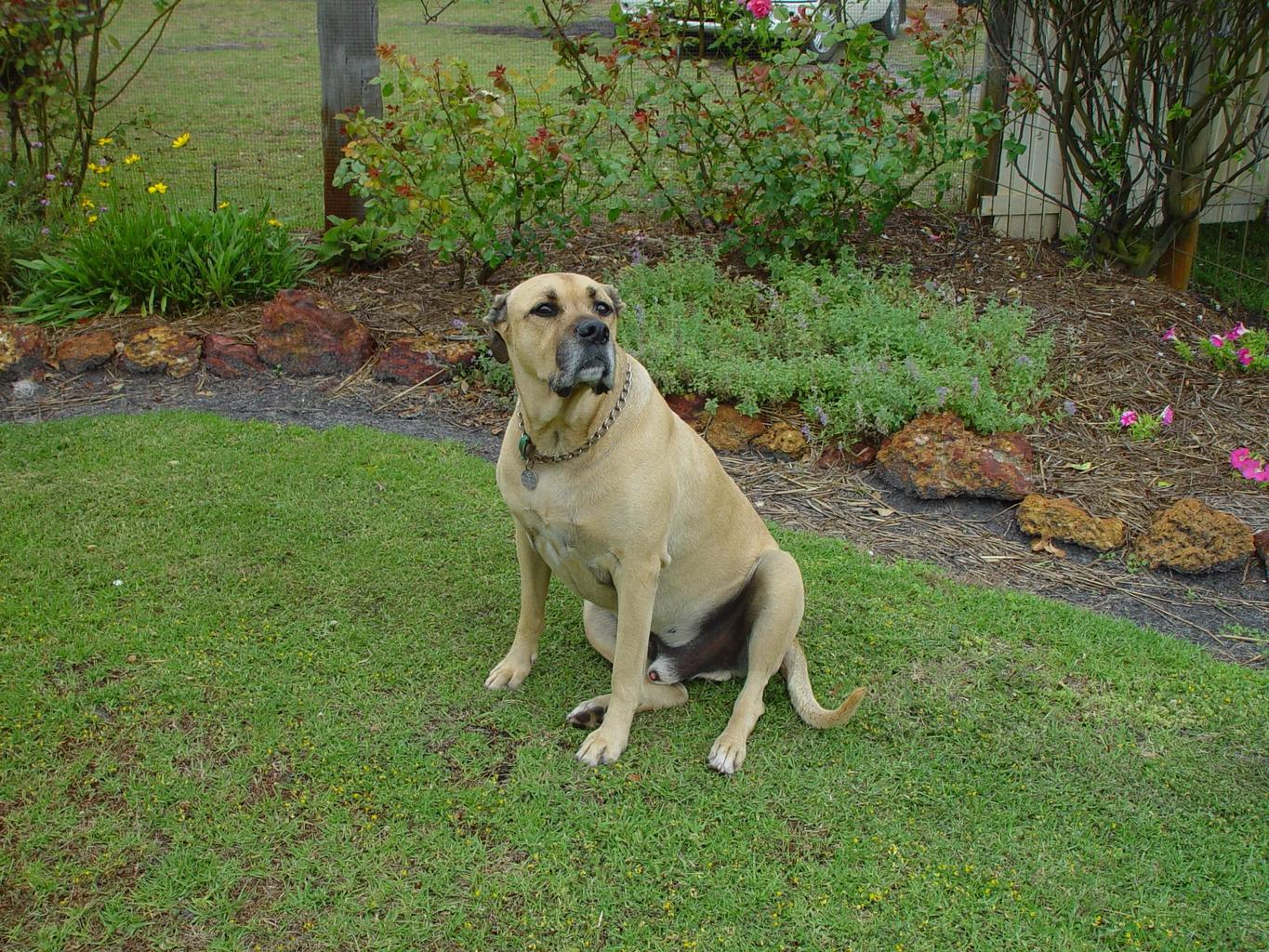As a pet parent, you want to provide the best for your furry friend, and that includes their diet. However, switching your pup’s provisions can be challenging, especially if they are a picky eater or have a sensitive stomach. Fear not, foodie fido! With some patience and the right approach, transitioning your pooch to a new diet can be a smooth and enjoyable experience for both of you. In this article, we will share some tips and tricks on how to make mealtime marvelous for your canine companion.
Chowhound Canine: Making Mealtime Marvelous for Your Furry Friend!
The first step to a happy and healthy pup is to choose high-quality dog food that meets their nutritional needs. Look for brands that use wholesome ingredients and avoid fillers and by-products. You can also consult with your veterinarian or a canine nutritionist to determine the best diet for your furry friend based on their age, breed, activity level, and health conditions.
Once you have chosen the right dog food, you can make mealtime marvelous by incorporating variety and fun into your pup’s diet. Dogs love to explore new tastes and textures, so you can add some flavor boosters like bone broth, canned pumpkin, or low-sodium chicken broth to their food. You can also use puzzle feeders or interactive toys to make mealtime more engaging and mentally stimulating for your pup.
Finally, don’t forget to maintain a consistent feeding schedule and portion control. Dogs thrive on routine, so try to feed them at the same time every day and avoid free-feeding. Also, be mindful of your pup’s weight and adjust their portions accordingly. Overfeeding can lead to obesity and health problems, while underfeeding can cause malnutrition and lethargy.
Yummy Yapper: Transitioning Your Pooch to a New Diet with Ease!
Transitioning your pooch to a new diet requires patience and a gradual approach. Sudden changes in their food can cause digestive upset and reluctance to eat, so it’s best to introduce the new food slowly over a period of 7-10 days. Start by mixing a small amount of the new food with their current food and gradually increase the proportion over time.
During the transition period, monitor your pup’s appetite, stool, and behavior. If they experience any adverse reactions like vomiting, diarrhea, or lethargy, stop the transition and consult with your veterinarian. Also, make sure to provide plenty of fresh water and avoid giving them table scraps or human food, which can upset their stomach and disrupt their diet.
Once your pup has fully transitioned to the new diet, continue to monitor their health and adjust their food as needed. Dogs have different nutritional requirements throughout their life stages, so make sure to switch to a senior or weight management formula if necessary. With the right approach and some TLC, your pup can enjoy a yummy and balanced diet that supports their health and happiness.
In conclusion, being a foodie fido is all about making mealtime marvelous for your furry friend. By choosing high-quality dog food, incorporating variety and fun, and transitioning your pooch to a new diet with ease, you can provide your pup with the best nutrition and care. Remember to consult with your veterinarian, maintain a consistent feeding schedule and portion control, and monitor your pup’s health and behavior. With these tips and tricks, your canine companion can wag their tail with delight at every meal!







